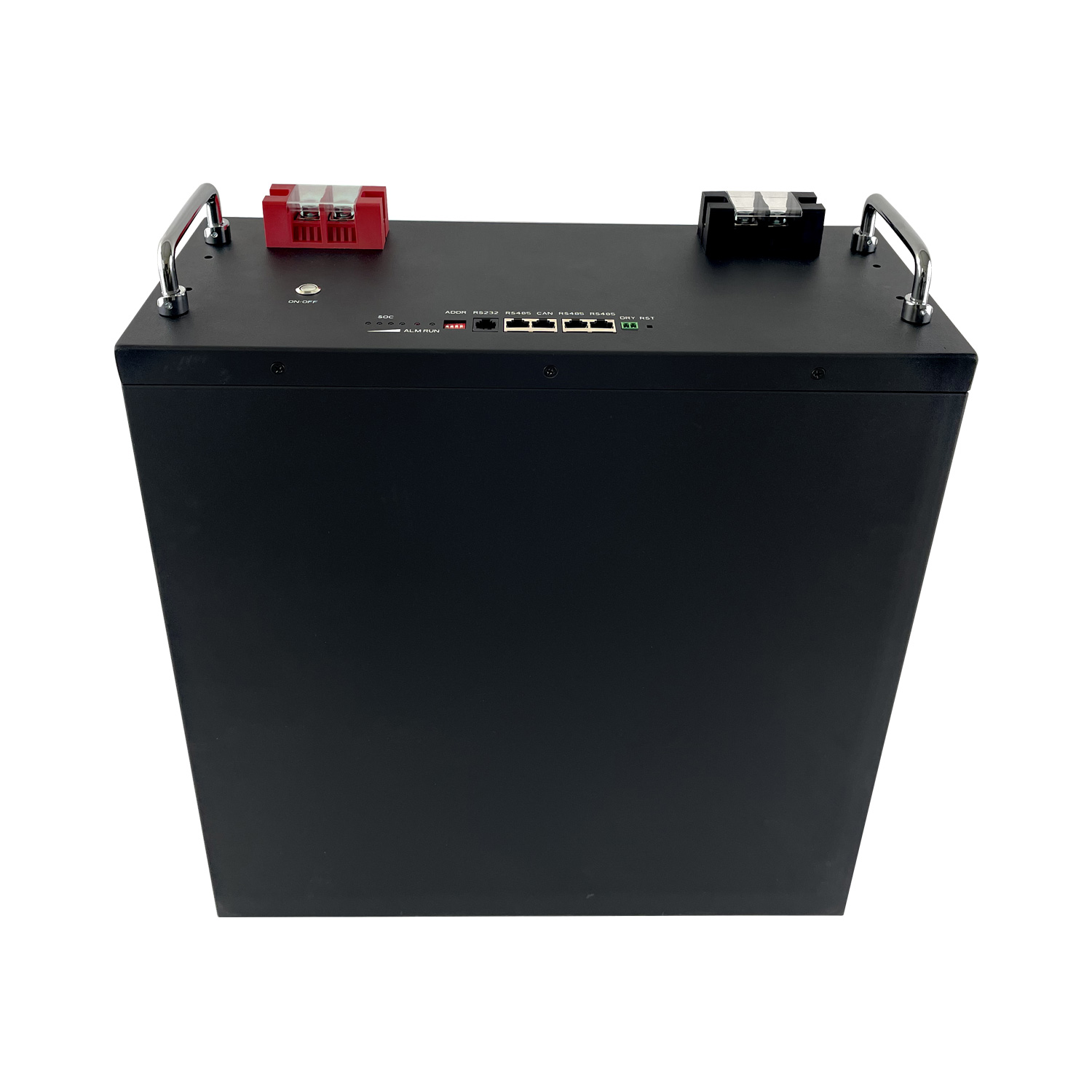Without a charge regulator, the battery cannot charge efficiently and can be damaged by overloading or discharging. A battery-connected stand-alone solar system requires a charge regulator. The charging device is used to monitor the load of the battery or battery pack. Likewise, lithium-ion batteries include lithium-ion solar charge regulators. Depending on the rise of high-efficiency technologies and the options available in chemistry, there are a variety of battery options on the market. In this battery war, lithium-ion batteries are the exception that are more efficient than other battery technologies. Charge conditioners allow the battery to operate at the highest possible level, and in the case of Li-ion batteries, store energy more efficiently.
Li-ion battery charge controller is a lithium battery solar charge controller.
Lithium-ion batteries: A quarter of the global battery market is dominated by lithium-ion technology due to high density and weight. They feature high battery voltage, fast loading, low self-discharge, long life, and deep cycling. The high cost and safety of lithium-ion batteries are two limiting factors. Lithium-ion batteries are more expensive per watt than lead-acid batteries. Lithium-ion batteries require circuitry built into the battery pack. This helps protect the battery from thermal control. Otherwise, fire or explosion may occur. They are very reactive to it, so this battery can't get hot. In a rechargeable lithium-ion battery, energy is stored in lithium ions, which move from the negative electrode to the positive electrode. Electrons are emitted from the anode, oxidize during discharge, conduct current, and cathode gain electrons are reduced during the same process. In this battery, the cathode consists of a lithium metal oxide and a porous carbon anode. Most Li-ion batteries can use liquid electrolytes, and some have positive-negative polymer (gel) electrolytes.
Solar Charge Controller: The electricity generated by solar panels is always at different voltage and current levels depending on weather and daytime conditions. The charge controller regulates the flow of charge from the solar panel to the battery. It also controls the load flow from the battery to the extra charge.
There are two main types of solar charge controllers.
1) PWM (Pulse Width Modulation): Inefficient, but quite cheap.
2) MPPT (Maximum Power Point Tracker): Efficient and expensive.
However, you or the buyer can choose PWM or MPPT. Because both systems can be used to control Li-ion battery charging.
Yes. It would be very beneficial for Li-ion batteries to have a charge controller.
Since the chemical composition of each battery is different, it is necessary to distinguish - the voltage level, charging speed, charging curve, safe temperature range, whether it can be "charged", etc.
For lithium-ion batteries, exceeding the safety limits defined by the battery manufacturer cannot be tolerated. This is more important. Otherwise, you could hurt it, or worse. That is, into the death and litigation area. That's why it's safe to use a charge controller to prevent these problems. How to buy a charge controller suitable for lithium batteries?
It is important to know what kind of charge controller is suitable for lithium batteries. Be aware of the amps/watts/volts of solar arrays and batteries, but there are several other factors to consider. Additionally, each user has to decide what type of equipment to load, whether it's a large home off the network or a deep-cycle battery trailer.
battery voltage
Many battery charging devices are in the 12-48VDC range. However, some may require 60V or 72V capacity. The basic standard is 12VDC, but for those running very large systems such as yards and whole families, higher voltage capacity is required. The voltage capacity of the battery is important and must meet the individual needs of the customer, but Dell also includes the ability to add equipment when needed.
Types of
The solar charge controller type indicates whether it is an MPPT or PMW model. The MPPT controller is recognized as the best controller, ranking first. Some PWM controllers are also ranked because this is a high-quality option for anyone looking for a simple system to power solar lights for gardens or mobile devices.
Maximum current output

The amount of amperage the controller supplies to the device from the battery pack determines the type and size of device that is actually charged on the solar panel, and is therefore very important. Only compatible with 20-30A capacity lower than the rated capacity above 80A. Taller isn't necessarily better, but it's a key factor to consider when deciding which model to buy.
Additional features
Most solar charge controllers have a variety of additional features. These functions can be customized to the maximum extent. In other words, users can design complete systems that serve solar arrays and batteries. Perhaps the most important additions are safety-related features. Because of dangerous failures - a very real problem when using high voltage electricity.
Here are the best features of solar charge controllers that require careful attention.
LED display.
Record data.
Remote management system.
Safety features against overloads, short circuits, reverse polarity and arcing.
in conclusion
The battery must be charged with a charge controller and used efficiently. For Li-Ion batteries, using a charge controller is even more important. Because lithium-ion batteries cost more than other available options, they are used more efficiently. To make lithium-ion batteries last longer and safer, specific charge controllers are required.
